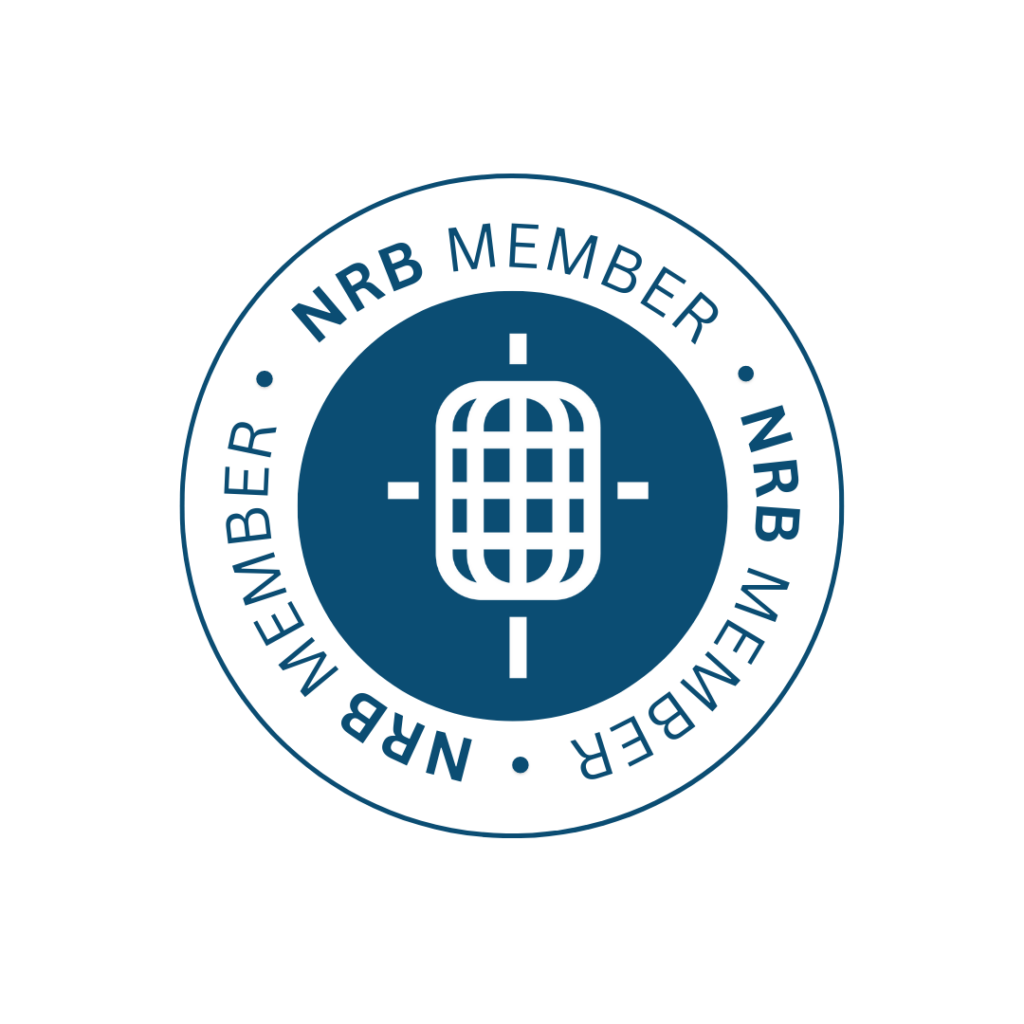How Often Should Our Organization Ask for Money in the Mail?
It seems like of lot of people are asking this question. It’s a reasonable thing to ask, especially if your nonprofit is thinking about trying to grow your donor base through a campaign known as donor acquisition.
Donor acquisition or “acquisition” as it’s commonly referred to, is the process of using the communication channels available to you to acquire more donors for your cause. Since everybody wants their organization to grow, it follows that every nonprofit will need to engage in donor acquisition.
Whenever we, at Douglas Shaw & Associates, are engaged to acquire donors for a nonprofit, we always inquire about the amount of direct mail being sent to current donors on their mailing list. This is most commonly referred to as donor cultivation, because this is where you are cultivating existing relationships. The answers we receive vary greatly. Here are a few of them:
- In the Spring and Fall
- Four times a year
- Six times a year
- Monthly
- Fifteen appeals per year
- It seems like we’re mailing appeals every two weeks
Now, I’m NOT talking about newsletters, but rather specific direct mail appeals that actually ask for donations.
The reason for this question is critical. If an organization is planning to add new donors to their mailing list through acquisition, it’s important to know what is going to happen after a new donor is added to your list. The answer to this question provides us with valuable information from questions like:
- How many gifts can we expect a new donor to give in their first year?
- If we invest in donor acquisition, how long will it take us to begin making money from those we acquire?
- How much mail is too much?
- How much money can we expect to raise from our new donors over the next five years?
Good questions all. But the answer is not the same for everyone. A lot depends on the nature of the organization and how their current donors are responding to the mail being sent to them now. But there are three factors that are key in answering the questions above:
- Is your current mail to donors already on your mailing list performing at its optimum level? This can only occur if you are employing the five critical components of an effective offer.
- What is the frequency of mailings to your existing donors?
- Is your messaging or content of your current direct mail institutionally focused (how your institution accomplishes its mission) or donor-focused (what your donors accomplish through their giving)?
Once we gather the information above, we can give more informed recommendations and answers to questions. Here’s what we’ve found to be effective:
Most nonprofits find that mailing direct mail appeals (not newsletters) monthly provides them with the income they need to provide both operating income and funding for specific projects. But this doesn’t mean they arrived at this frequency overnight. For example, they may have been mailing quarterly appeals for years, but as their nonprofit expanded its services, more money was needed. So, over time, they began to add additional appeals (maybe two or three) each year until they arrived at mailing monthly solicitations.
Moving from quarterly appeals to monthly appeals all in one year will definitely increase your income, but it may cause your donors to feel a bit pummeled and several may request fewer appeals or decide to ask to be removed from your mailing list. So we generally recommend a more gradual ramping up in the frequency until you are mailing monthly.
Now, let’s go back to donor acquisition for just a moment. Since you need to acquire new donors every year to replace those who have stopped giving or asked to be removed from your list, you will need to be mailing with enough frequency to keep these new donors engaged so they will give additional gifts. Without additional gifts, you are merely obtaining a first and only gift (usually at a net loss to you) and not growing your active donor file.
So back to our original question: “How often should our organization ask for money in the mail?” Consider your current frequency and the three key factors above. Then begin working your way to monthly solicitations. It may take longer than you may think and there are significant political and cultural issues within your nonprofit that will have to be navigated. This is one of those times when patience and diplomacy pays off.
Related articles
-

What to Think of Artificial Intelligence and Its Impact on Fundraising . . .
In trying to summon an image to represent our theme for this issue of Donor Focus, I found myself drawn…
-

Fundraising Meets Artificial Intelligence
In this article, we’ll explore the captivating realm of AI-powered fundraising efforts—the boundless benefits and intriguing challenges that arise when…







